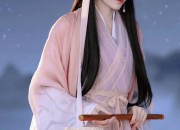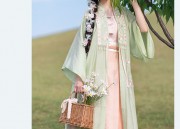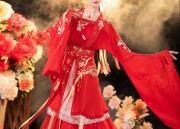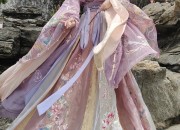Ancient Chinese Hairstyles and Accessories:A Glimpse into Traditional Beauty
In the realm of ancient China, the art of hair styling and accessorizing was not just a means to enhance personal beauty but also a reflection of cultural traditions, social status, and historical era. The intricate hairdos and exquisite hair accessories of the past offer a fascinating insight into the beauty practices and fashion trends of the era.
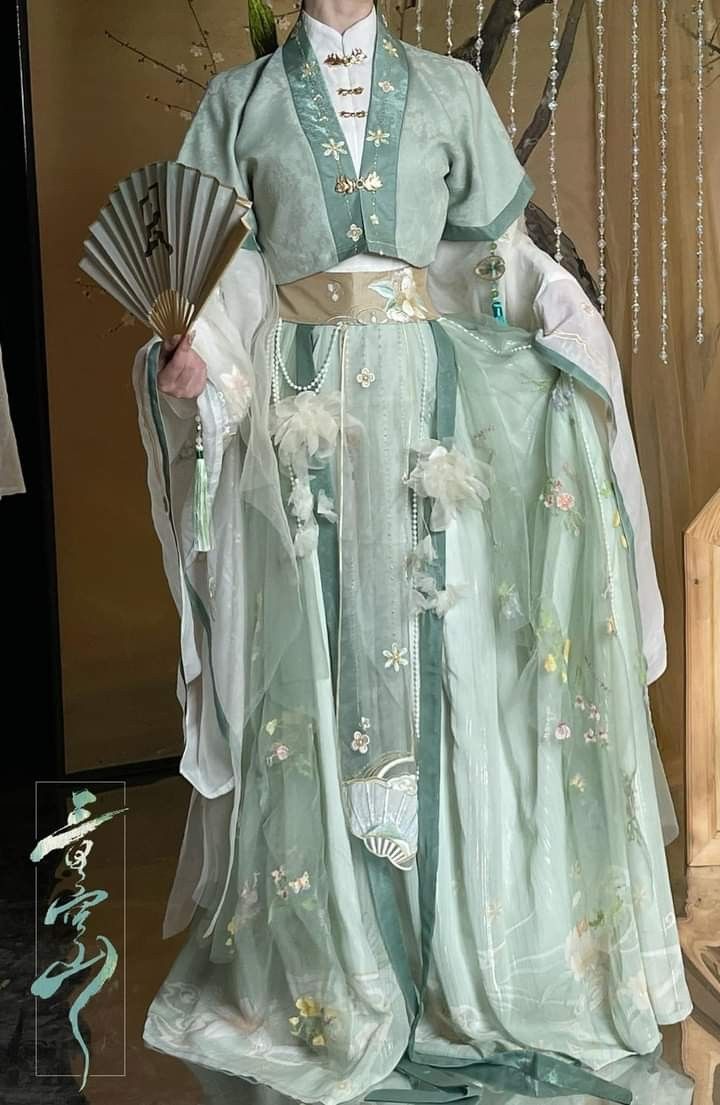
From the simple yet elegant styles of the Zhou dynasty to the intricate and elaborate designs of the Ming and Qing dynasties, each era witnessed unique trends in hairstyling and hair accessories. The art of hair dressing involved not just the basic styling of hair but also the use of various hairpins, combs, flowers, and other hair accessories to enhance the beauty of the hairdo.
In ancient China, hair was considered a symbol of youth, vitality, and beauty. Therefore, women went to great lengths to ensure that their hairdos were not only attractive but also in accordance with the prevailing fashion trends. The use of hairpins and combs was common in securing the hair in place while also adding a decorative element to the hairstyle.
The Zhou dynasty was known for its simple yet elegant hairstyles, which often involved tying the hair into a knot at the back of the head. Hairpins were used to secure the hair in place, while combs made from bone or wood were used to smoothen out any tangles. These simple yet elegant styles were a reflection of the conservative values of the era.
As time progressed, hairstyles became more intricate and elaborate. The Han dynasty saw the emergence of more complex hairstyles that involved the use of hairpins and hair ribbons to create intricate patterns and designs. These hairstyles often featured a central part where the hair was tied up while the rest flowed freely, framing the face.
The Ming and Qing dynasties were particularly known for their intricate and elaborate hairstyles that involved the use of various hair accessories such as flowers, ribbons, and precious stones. These accessories not only added a decorative element to the hairstyle but also served a practical purpose in securing the hair in place. The use of these accessories often reflected the social status of women as they were often made from precious materials and intricate designs.
Another interesting aspect of ancient Chinese hairstyles was their adaptability to different occasions and events. For instance, during festivals and special occasions, women would wear elaborate hairstyles and accessories that reflected their joy and celebration. These hairstyles often featured intricate patterns and designs that were in accordance with the prevailing fashion trends of the era.
In addition to hairstyles, ancient Chinese women also paid attention to their facial makeup, which often complemented their hairdos. The use of traditional face makeup such as rouge, powder, and eye makeup was common and was often influenced by the fashion trends of the era.
Overall, ancient Chinese hairstyles and accessories offer a fascinating insight into the beauty practices and fashion trends of the era. From simple yet elegant styles to intricate and elaborate designs, each era witnessed unique trends that reflected cultural traditions, social status, and historical era. Today, these ancient hairstyles and accessories are still widely admired and replicated as they continue to evoke a sense of traditional beauty and elegance.
In conclusion, ancient Chinese hairstyles and accessories are not just a means to enhance personal beauty but also a reflection of cultural heritage and historical significance. As we look back at these traditional practices, we not only appreciate their beauty but also gain a deeper understanding of our cultural roots and historical heritage.


